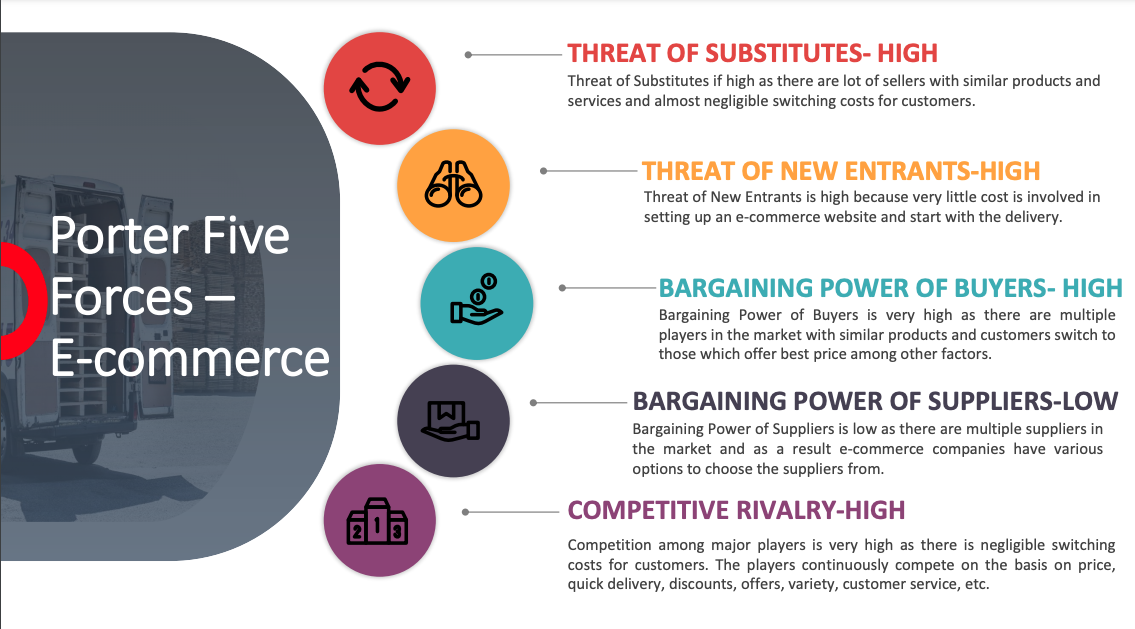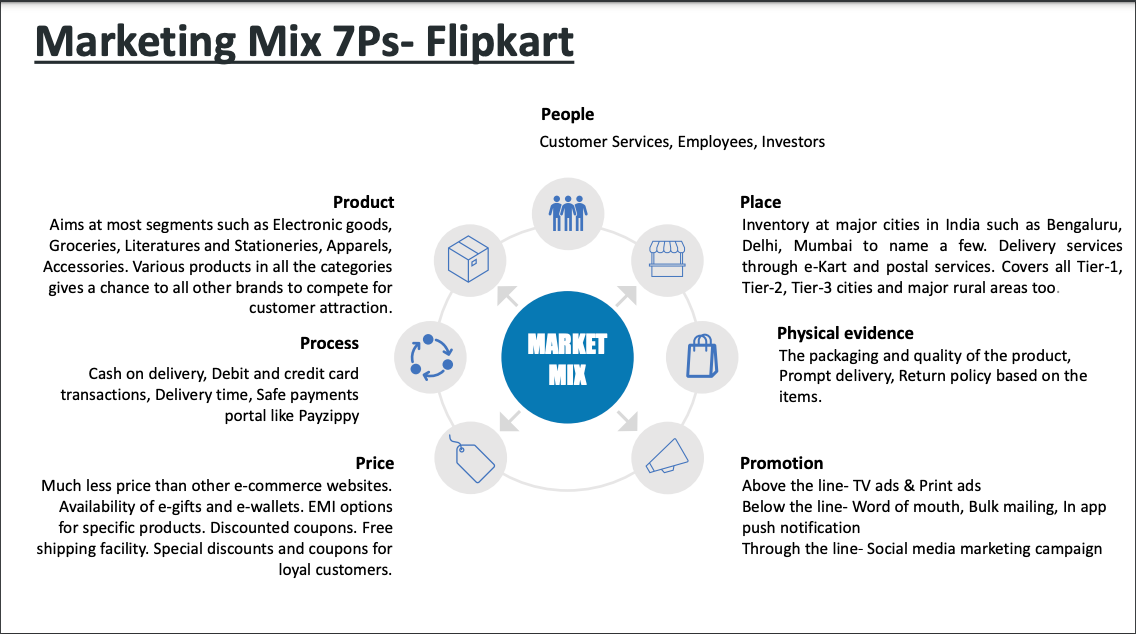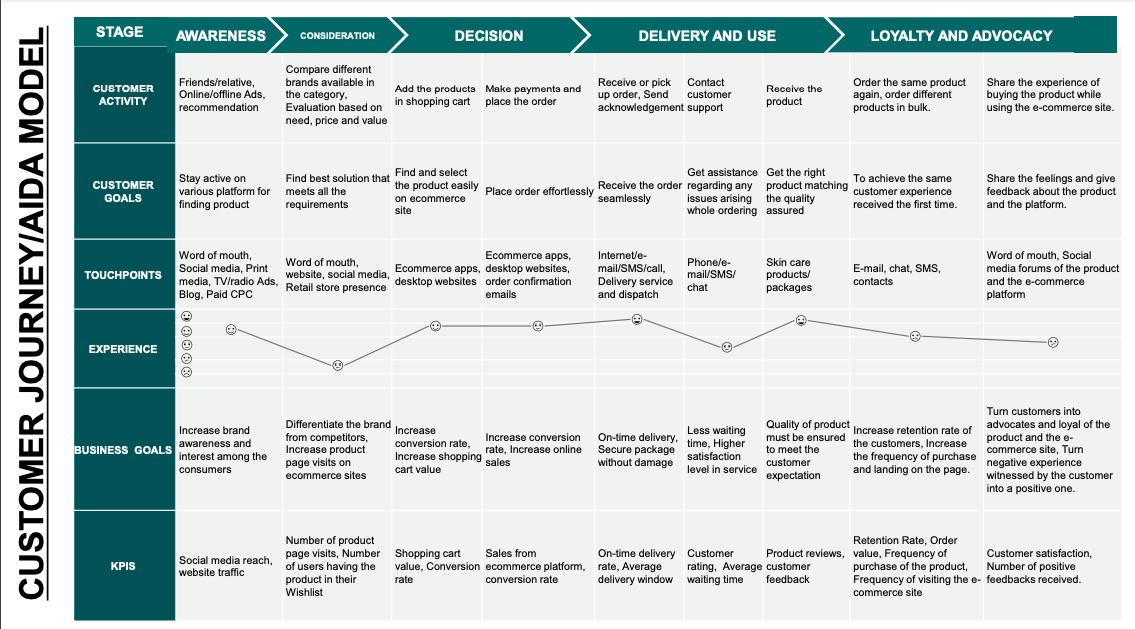In 2021, InsideIIM launched for the first time the E-Commerce Prodigy Challenge, an exclusive program to give India's top talent at business schools a flavor of Marketing and Growth Hacking in an E-commerce set-up. To participate, MBA students were asked to create a marketing strategy for their favorite E-commerce platforms. Amongst all the entries that came in from India's top talent, five stood out! Here is a glimpse into the marketing strategies formulated by Rishu Kumar, an IIM Bangalore student who worked on creating a strong marketing strategy with the objective of increasing the user acquisition and user conversion for Flipkart and is a winner of InsideIIM’s E-Commerce Prodigy Challenge!

InsideIIM's E-Commerce Prodigy Challenge - The Case
Participants of the E-Commerce Prodigy Challenge were asked to share their top three favorite E-commerce platforms, along with reasons to justify their predilection for these platforms. Participants were then asked to create a short PowerPoint presentation on how they would market the platform differently. The participants were given the objective to create a marketing strategy that would:
- Increase user acquisition, i.e. the number of account registrations of the e-commerce site.
- Increase user conversion, i.e. the number of transactions on the e-commerce site.
Participants' presentations would then be evaluated on components such as their marketing goals, the smoothness of the customer journey, frameworks incorporated, strategical tactics, marketing channels employed, and measurement of success.
The Winning Case - Rishu Kumar's Simple Break Down of An Improved User Conversion Strategy For Flipkart
Amongst the five winners of the InsideIIM E-Commerce Prodigy Challenge 2021 is Rishu Kumar, a first-year MBA student at IIM Bangalore.
Rishu's winning case in the E-Commerce Prodigy Challenge revolved around Flipkart, a major e-commerce player in the country that has led the e-commerce revolution in the country. Rishu chose Flipkart to improve its user acquisition and conversion rates through various features and loyalty programs. He intends to target users who like to purchase online after a thorough screening of reviews of past purchasers.
To begin with, Rishu first used Porter’s 5 forces model for the E-Commerce Industry. He listed down the Threat of Substitutes, Threat of New Entrants, Bargaining Power of Buyers, Bargaining Power of Suppliers, and Competitive Rivalry.

Rishu further lists the 7P’s of the marketing mix for Flipkart, detailing the products that Flipkart sells, the price options it provides, places where Flipkart can reach through its distribution, and the promotion and marketing channels Flipkart uses. He also highlights the people that are essential for the company. The various processes used by Flipkart, along with the physical evidence of the quality and packaging of the product are also mentioned.

A further SWOT analysis done by Rishu highlights the strengths and weaknesses of the company along with some future opportunities that Flipkart has in the industry and some of the threats it may face from outside factors. The current marketing strategy of the company is also shared which details the marketing channels, storytelling, and advertisements that Flipkart uses currently.

A detailed customer journey model is created. The customer journey is divided into 5 stages namely Awareness, Consideration, Decision, Delivery and use, Loyalty, and Advocacy. Some of the KPIs considered for each of the stages are Customer Activity, Customer goals, Touchpoints, Customer experience, Business goals.

A primary research by conducting an in-depth interview of 8 people was done by Rishu, from which certain key insights were generated. Using these insights, 4 recommendations were made which involved introductions of certain unique features on the app like video feature, user content, loyalty programs, and unique promotions. Key metrics to assess the performance of the recommended features are also mentioned.

What did you think of Rishu Kumar's marketing, user acquisition, and user conversion strategy for Flipkart? What holes can you poke in the proposed strategy? Think you have a better, more effective strategy in mind? Let us know in the comments! Read more about the InsideIIM E-Commerce Prodigy Challenge here.
